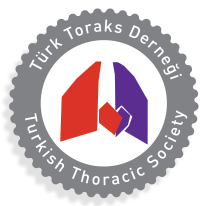Abstract
Background:
Community-acquired pneumonia (CAP) is a common and severe illness. The factors thought to predispose to development of CAP in young patients have not previously been reported. We, therefore, conducted a retrospective casecontrol study to assess the risk factors and the clinical aspects of CAP in young adult patients.
Methods:
We studied fifty-six patients (age <40 years) who were seen in both a university hospital and a community hospital from January 1995 to November 1998. They were matched by sex and age with fifty-six control subjects. The diagnostic criteria for CAP were based on clinical and radiological findings. Patients with human immunodeficiency virus infection, transplant recipients, those with neoplasia or autoimmune disorders, and those treated with high doses corticosteroids were excluded. Risk factors including habits, medical history, physical examination and radiographical findings, laboratory data and treatments were recorded.
Results:
The mean age was 29 years (range, 16 to 40 years). Etiological diagnosis was achieved in 12 patients (21.4%): 8 S. pneumoniae (7 in sputum and 1 in pleural fluid), 3 L. pneumophila and 1 M. pneumoniae. Lobar consolidation was the most prevalent radiographical presentation and extrapul- monary symptoms were seen in 36% of the patients. In the univariate analysis, an increased risk of CAP was associated with ex and current smoking, hypoalbuminemia, previous pneumonia or recent respiratory infection. In the multivariate analysis, the only statistically significant risk factor for CAP was ex and current smoking (Odds ratio=2.5; 95% confidence interval 1.02- 6.43, p=0.046).
Conlusions:
This study revealed that smoking is the most important risk factor for CAP in young adults. Preventive measures will reduce the risk of pneumonia in this age group.



